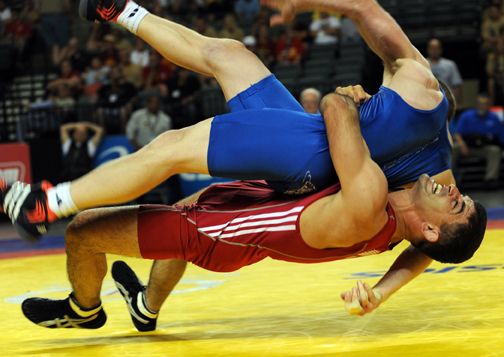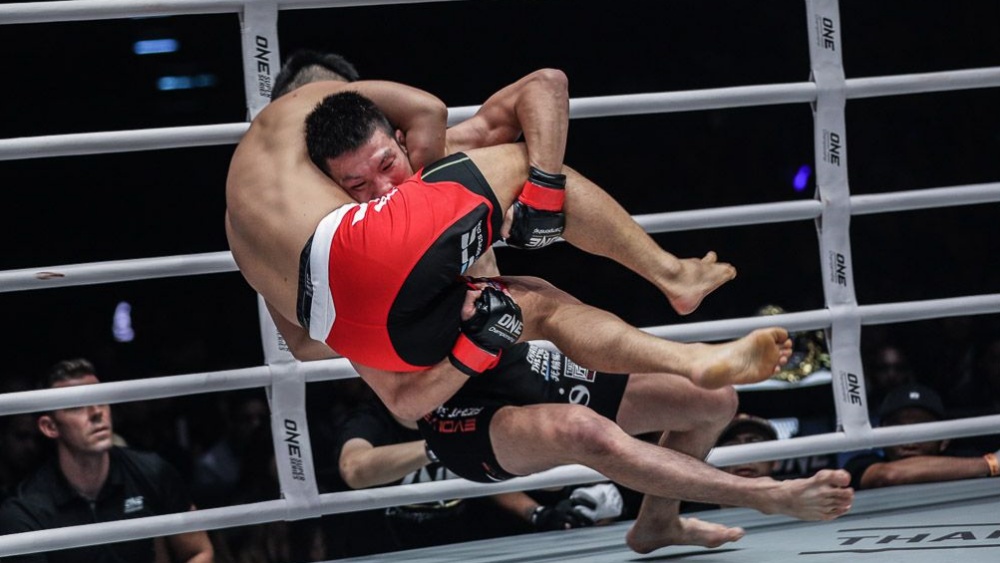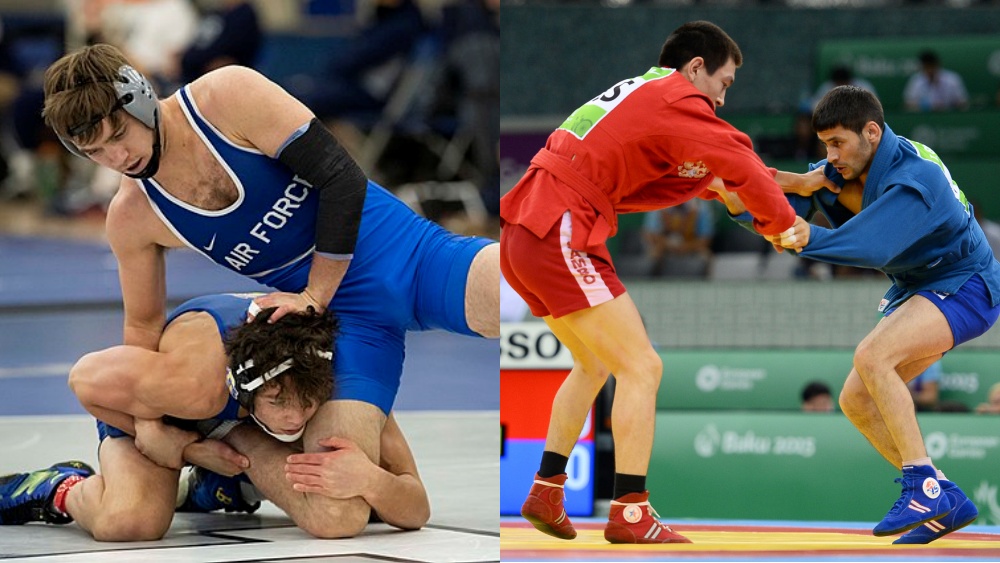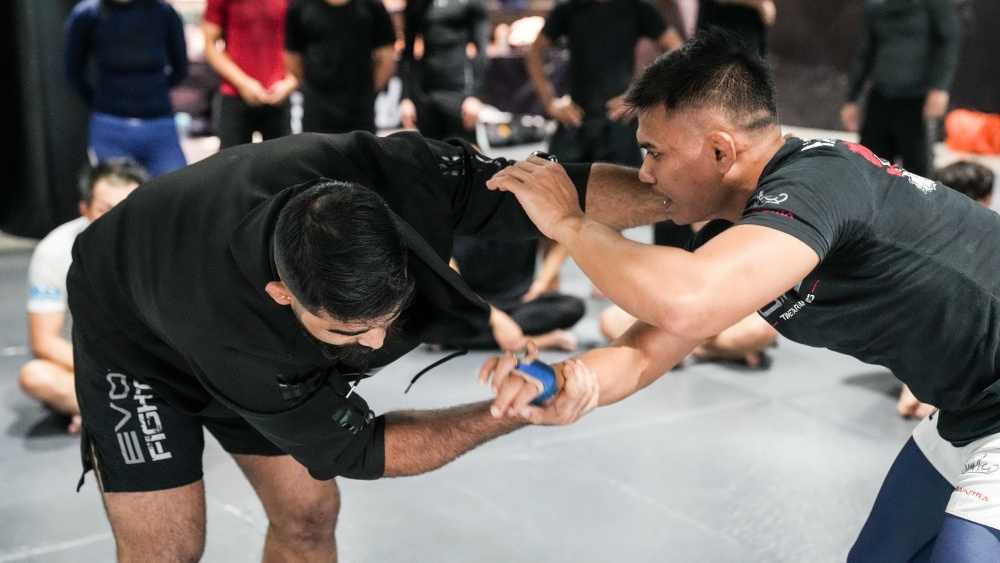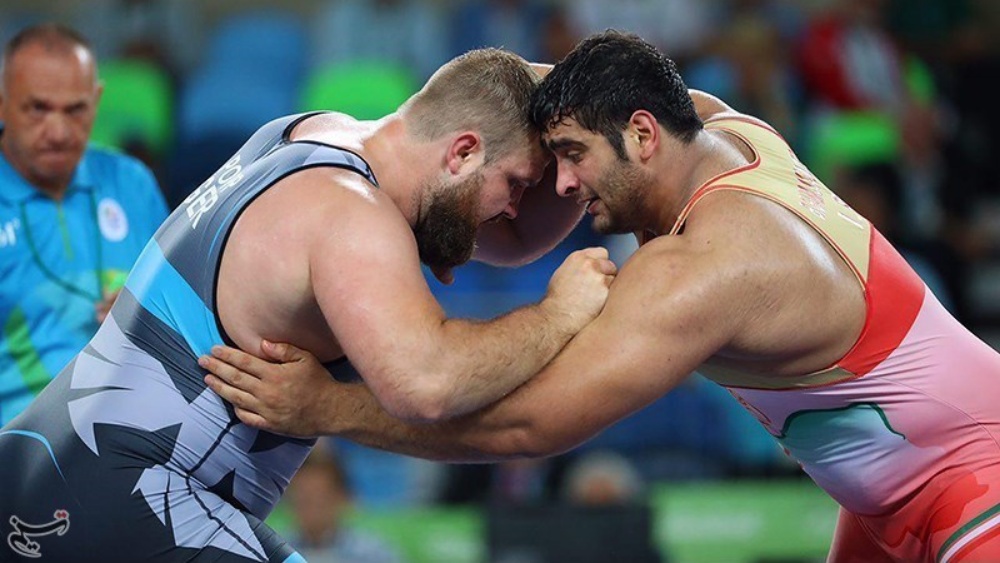Wrestling has existed since the time of ancient France, first making an appearance in cave drawings some 15,000 years ago. Babylonian and Egyptian artifacts have shown ancient wrestlers performing techniques that modern-day practitioners use in the present-day sport.
Wrestling involves various types of grappling techniques, clinch fighting, throws and takedowns, joint locks, and pins. It is the art of gaining superior position on an opponent and rendering them incapacitated by using one’s own body weight as leverage.
Today, wrestling is one of the most popular martial arts disciplines around the world and is a common base for mixed martial arts. Many of the world’s top wrestlers go on to compete in MMA when their amateur careers are through. Needless to say, if you’re a fan of martial arts, then you’re probably somewhat familiar with wrestling.
But where did wrestling come from? How did it begin? That’s something that we’re going to dig into. As with every martial art, wrestling has a rich history, one that has been passed down from generation to generation.
Today, Evolve Daily shares the history and origins of wrestling.
Throughout History And Early Records In Literature
Needless to say, wrestling is one of the oldest forms of systemized combat. Apart from the aforementioned cave drawings discovered in France dating back centuries, wrestling has also prominently figured in ancient literature.
Literary references to wrestling can even be found in the Bible’s Old Testament and the ancient Indian Vedas. The Iliad contains various references to wrestling, in which Homer mentions its use in the Trojan War. Indian tales the Ramayana and the Mahabharata contain multiple references to martial arts, which includes wrestling. Ancient Greece featured wrestling as the focal point of the ancient Olympic games.
By the middle ages, wrestling continued its popularity as it was practiced and enjoyed by royal families, including those of France, Japan, and England. It was then brought to America by European settlers, who later discovered its existence and use among Native Americans.
Society’s love for wrestling continued throughout American history, and soon became a popular activity at county fairs, holiday celebrations, and even in the US Military.
The first organized national wrestling competition took place in 1888 in New York. It was introduced as a modern Olympic sport in 1904. Not long after in 1912, wrestling’s international governing body was formed — the United World Wrestling (UWW) — which was based in Antwerp, Belgium.
International Disciplines
Since 1921, the UWW has overseen and regulated amateur wrestling as a sport. Although professional wrestling had been mixed with theatrics, it still required ‘professional’ wrestlers to be fit and athletic. In modern times, countries from all over the world send athletes to compete in the Olympics, with wrestling being one of the most watched events.
The UWW had then defined various wrestling disciplines, which were separated into two categories: international wrestling disciplines, and folk wrestling. The three Olympic wrestling disciplines include Greco-Roman wrestling, and men’s and women’s freestyle wrestling. Amateur wrestling comprises the other three, which includes pankration, alysh, and beach wrestling.
Greco-Roman wrestling is perhaps the most popular in the world. It is an international discipline and an Olympic sport. In Greco-Roman wrestling, it is prohibited to hold an opponent below the belt, to make use of trips, and use of the legs in any situation. Pinning an opponent to the mat is one way of securing victory, while recent rule changes have placed greater emphasis on explosive slams and throws.
Another Olympic sport is freestyle wrestling, which is held for both men and women. Contrary to Greco-Roman wrestling, freestyle wrestling allows the use of the legs in both offense and defense. It is also known as catch-wrestling. Here, victory is attained by throwing and pinning an opponent on the mat.
Collegiate Wrestling And Mixed Martial Arts
In the United States, wrestling is a popular sport and is commonly practiced at the high school, college, and university levels.
Competitors are restricted by weight divisions, but also by age. There are several organizations which govern US collegiate wrestling, namely: NCAA Divisions I, II, and III, the NJCAA, the NAIA, and the NCWA. NCAA Division I wrestling is regarded as the highest level and the most challenging level of competition. The very first NCAA Wrestling Championships were held in 1912, in Ames, Iowa.
Some of the most popular collegiate wrestlers in history have gone on to become big MMA superstars, such as Ben Askren, Sara McMann, Dan Henderson, Mark Munoz, and Daniel Cormier, to name a few.
The rise of MMA in the past two decades has increased interest in wrestling because of its effectiveness as a base martial art to transition into the cage. Wrestling is considered, along with Muay Thai and Brazilian Jiu-Jitsu, to be one of the core bases of modern day MMA.
UFC broadcast analyst and martial arts enthusiast Joe Rogan said that he believes the very best skill for MMA is wrestling, because it is used primarily to dictate where a fight takes place whether that be on the feet or on the ground.
Successful MMA fighters today who have a wrestling background include former UFC lightweight titleholder Frankie Edgar, 2000 Olympic silver medalist Yoel Romero of Cuba, ONE Welterweight World Champion Ben “Funky” Askren, UFC light heavyweight champion Daniel Cormier, and former UFC heavyweight champion Brock Lesnar.
You may also like:

